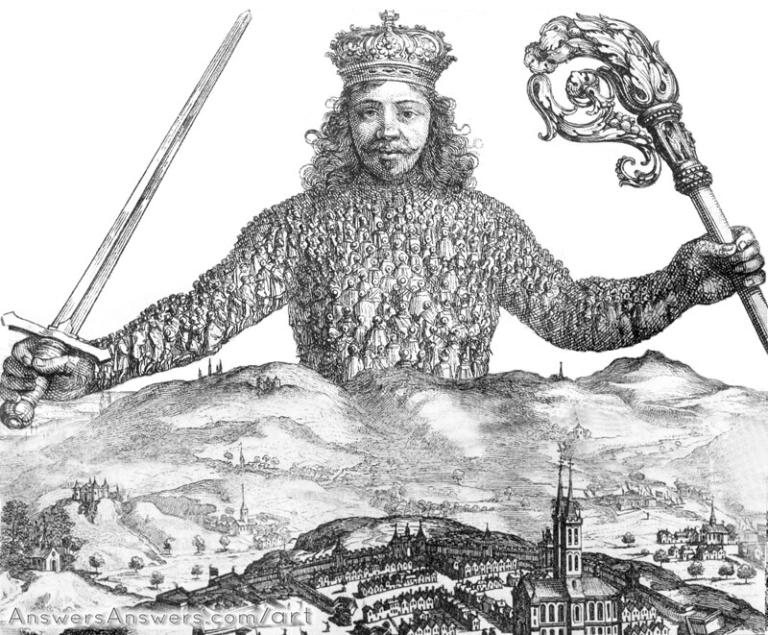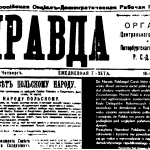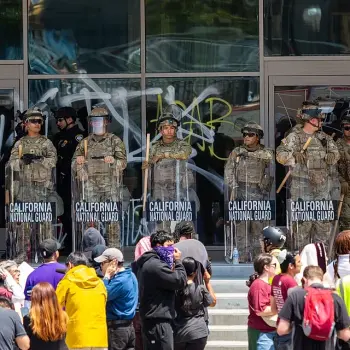Even Democrats and other progressives got on board with that idea. Bill Clinton said that he had ended welfare as we know it and turned in a balanced budget. Globally, even the social democratic nations of Scandinavia imposed fiscal discipline and built up the private sector, making their welfare states even more effective. Quite recently, the European Union imposed financial disciplines on Greece, reining in that country’s profligate spending.
But now, with the Biden administration, the era of big government is back. Joe Biden is an old school Democrat of the FDR variety. He wants New Deal-type spending and government control of the economy, even though there is no Depression and no World War.
The headline of a Washington Post puff piece put it well: “Joe Biden’s big vision for America: He wants to restore faith in government.” A U.S. News & World Report article entitled “How Government Got Its Groove Back” says that “President Joe Biden is trying to make government cool again.” It says that “the Biden administration is trying to restore public faith in government expertise.” The more conservative Wall Street Journal, in a piece entitled Behind Biden’s Big Plans: Belief That Government Can Drive Growth, sees Biden’s plans as “a major turning point for economic policy”:
The gamble underlying the agenda is a belief that government can be a primary driver for growth. It’s an attempt to recalibrate assumptions that have shaped economic policy of both parties since the 1980s: that the public sector is inherently less efficient than the private, and bureaucrats should generally defer to markets.
The article quotes a White House official: “Government must be a powerful force for good in the lives of Americans.”
President Biden’s massive spending initiatives do more than inject lots and lots of money into the economy. They also have an ideological focus and are designed to shape the economy to progressive ends.
Consider the president’s infrastructure bill. When most Americans think of building up the infrastructure, we think of repairing roads and bridges, which sounds like a good idea.
But better roads and bridges would encourage driving automobiles, which would help the oil companies and put more carbon into the atmosphere. Progressives don’t want that.
So while some roads and bridges will get repaired, a big chunk of the infrastructure bill is going to promote “green energy” and electric cars. For example, the plan would include building 500,000 charging stations for electric vehicles. The free market approach would be open to electric vehicles, if there is consumer demand for them, and once there is a big enough need, the vast network of existing service stations would install charging stations. Eventually, they might replace fast food offerings with sit-down roadside restaurants, since drivers would have time to kill waiting for their cars to charge. But if the government runs the charging stations, lots of small businesses would be eliminated, and, combined with other policies, the oil industry as a whole could go the way of coal companies.
Democrats prefer mass transit. The plan calls for $85 billion for public transportation and $80 billion for railroads. That comes to $165 billion, while roads and bridges just get $115 billion. I read in our local paper that the infrastructure plan includes connecting Wichita to Oklahoma City with an Amtrak line. There would be a station close to where we live. Now I like riding trains, and I would be glad to hop on one for a trip to OKC and maybe on to Dallas. But there aren’t a lot of us living in southern Kansas and northern Oklahoma, let alone those who would take that kind of trip very often. Amtrak nationwide, even on well-traveled urban routes, always runs a huge deficit. But no matter. Whether people ride them or not–that is thinking in free market terms–we’ll have more passenger trains.
The bill includes expanded broadband at government expense and other goodies for the tech industry, big Democratic donors that they are. It includes $16 billion for putting “hundreds of thousands [of people] to work in union jobs,” specifically to oil and gas wells that will no longer be needed, a shout-out to another major Democratic constituency. Another powerful Democratic interest group, teachers, are not forgotten, with $100 billion going to build schools. Another $25 billion will go for child care facilities, extending the federal government’s role in raising children.
Here is a run-down of the various spending initiatives in the infrastructure bill.
What we are getting in the infrastructure bill, as well as the plethora of other trillion-dollar spending plans, is not only bigger government but more powerful government, as we will all be made dependent on our rulers in Washington, D.C.
Illustration: “Leviathan” [detail from the cover of Thomas Hobbes’ Leviathan, which argues for an all-powerful government over all spheres of life], rendered by Chris Tolworthy, via Flickr, Creative Commons License.












